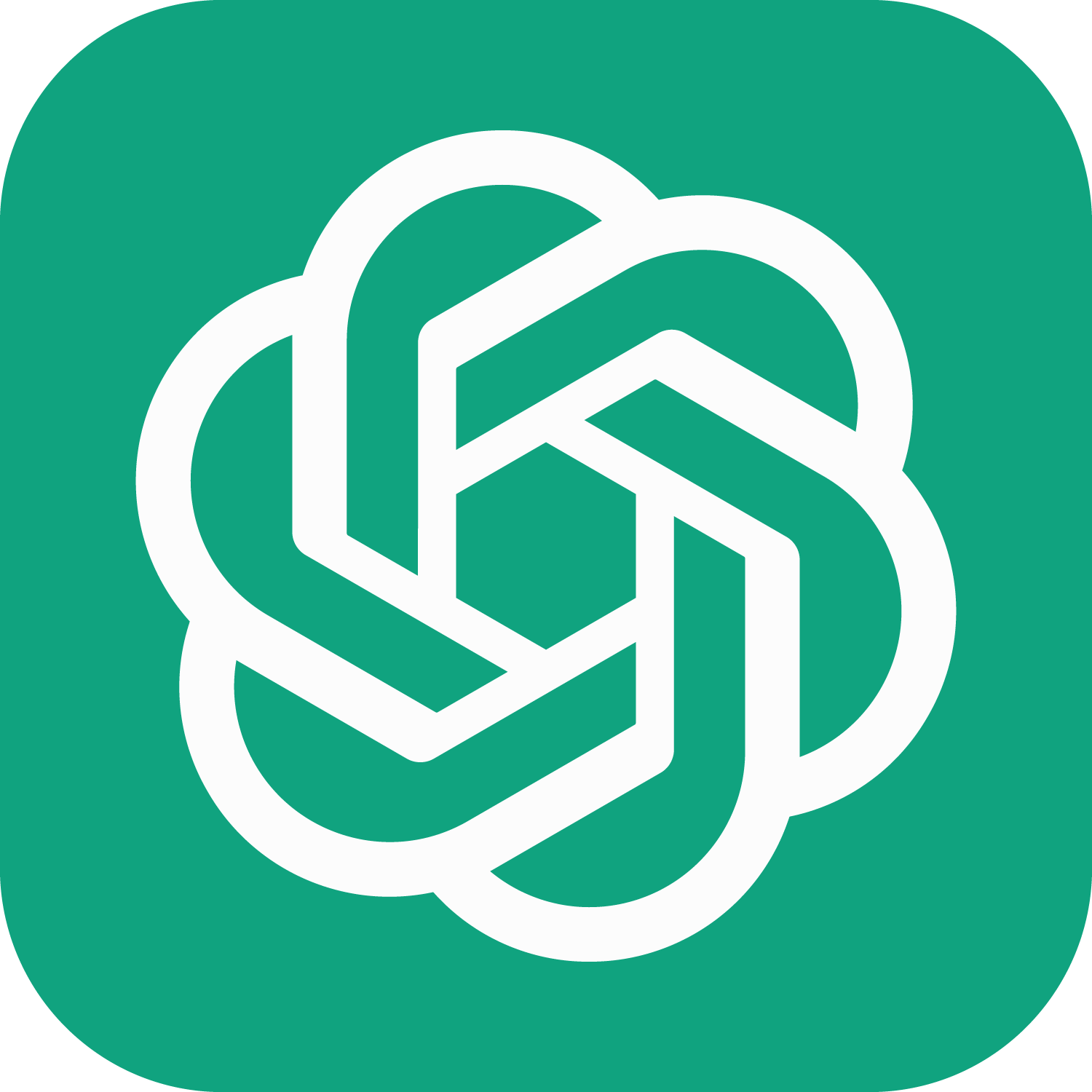There are many Python libraries and tools that are commonly used in data science, including:
- NumPy: A library for scientific computing with Python, used for arrays, matrices, and mathematical operations. It is a fundamental package for scientific computing with Python, providing powerful N-dimensional array objects, and a large collection of mathematical functions to operate on these arrays.
- Pandas: A library for data analysis and manipulation, used for working with tabular data and time series. It provides data structures such as DataFrame and Series, which allows to perform operations such as filtering, grouping, and aggregating data easily.
- Scikit-learn: A machine learning library for Python, providing a range of tools for data mining and analysis. It includes a wide range of supervised and unsupervised learning algorithms, including linear regression, decision trees, and k-means clustering.
- TensorFlow: A library for machine learning and deep learning, used for building and deploying neural networks. It is an open-source library for dataflow and differentiable programming across a range of tasks, and it is widely used for training and deploying machine learning models.
- Matplotlib: A library for data visualization, used for creating static, animated, and interactive plots and charts. It allows to create various types of plots such as line plots, scatter plots, bar plots, and heatmaps.
- Seaborn: A library for data visualization, built on top of Matplotlib, it provides a high-level interface for creating attractive statistical graphics.
- Plotly: An open-source library that allows to create interactive visualizations. It can create a wide range of plot types, including scatter plots, line plots, bar plots, and heatmaps.
- Jupyter: A web-based interactive development environment (IDE) that allows you to create and share documents that contain live code, equations, visualizations, and narrative text. It is widely used for data exploration, visualization and prototyping.
These are just a few examples of the many Python tools available for data science. The best tool for a specific task will depend on the particular use case and requirements.

